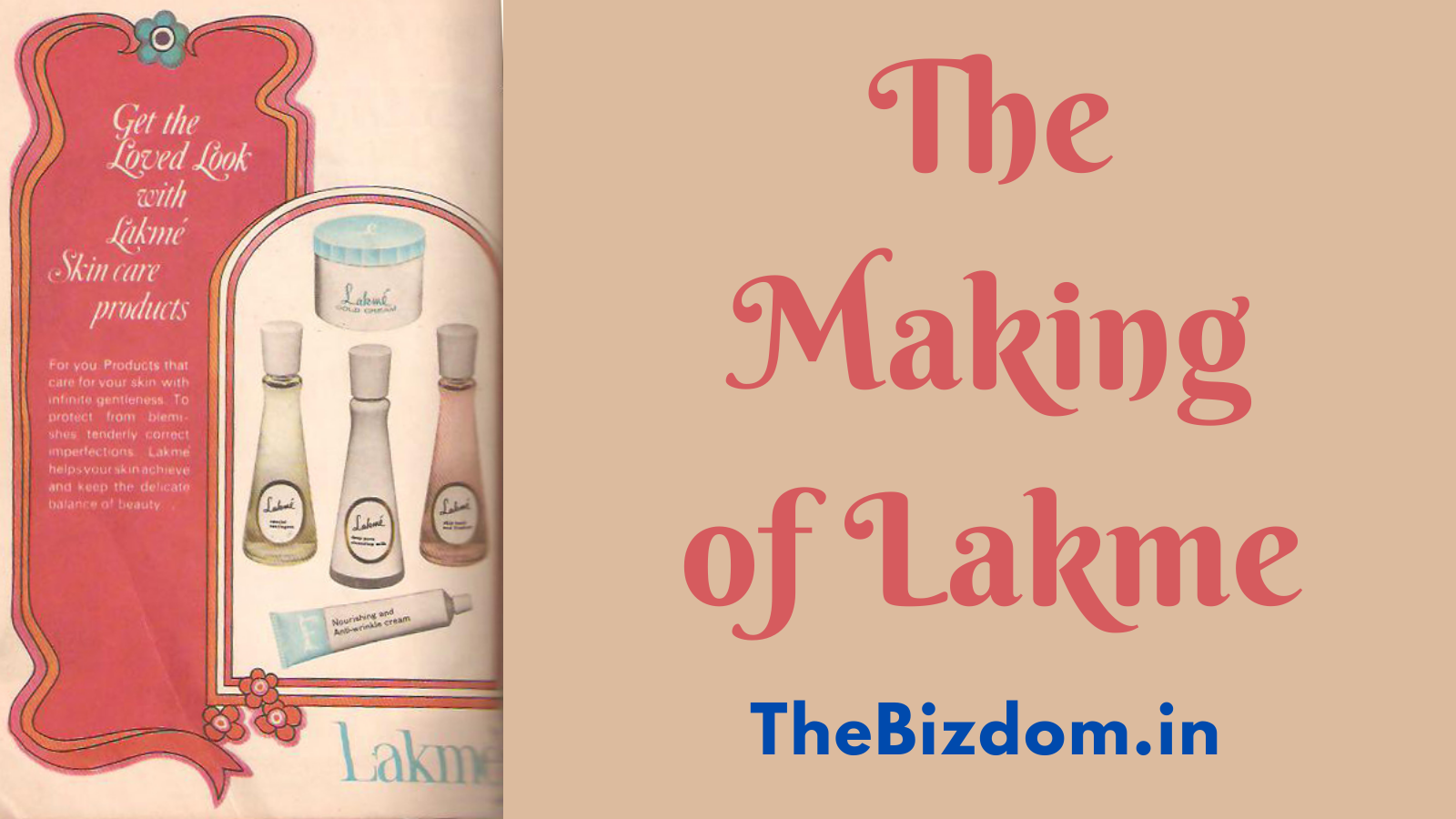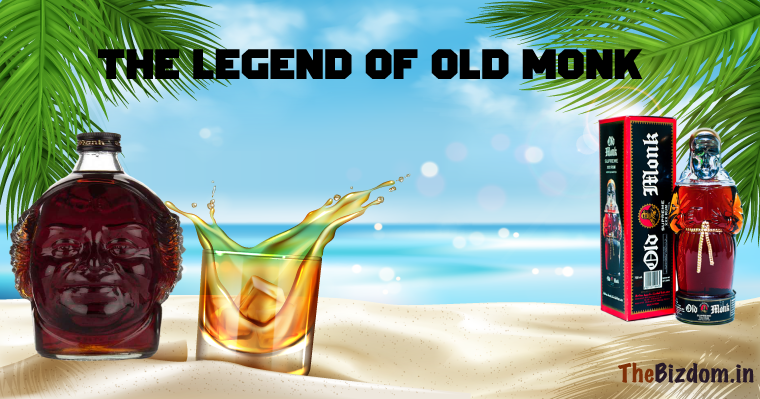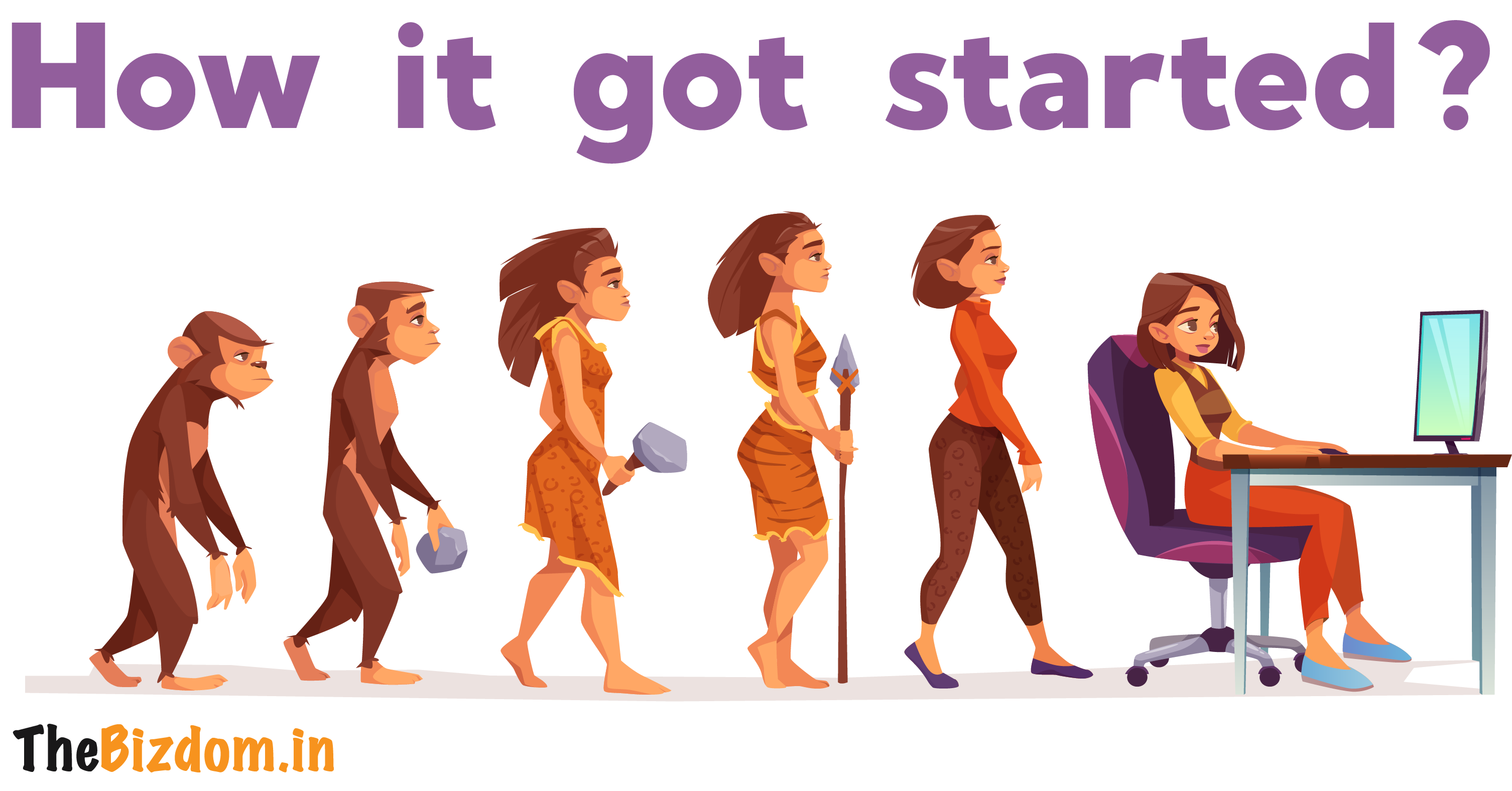5 min to read
Will Maharaja smile back?
Air India story goes back to pre-independent India in the 1930s, all driven by a passionaied JRD Tata.
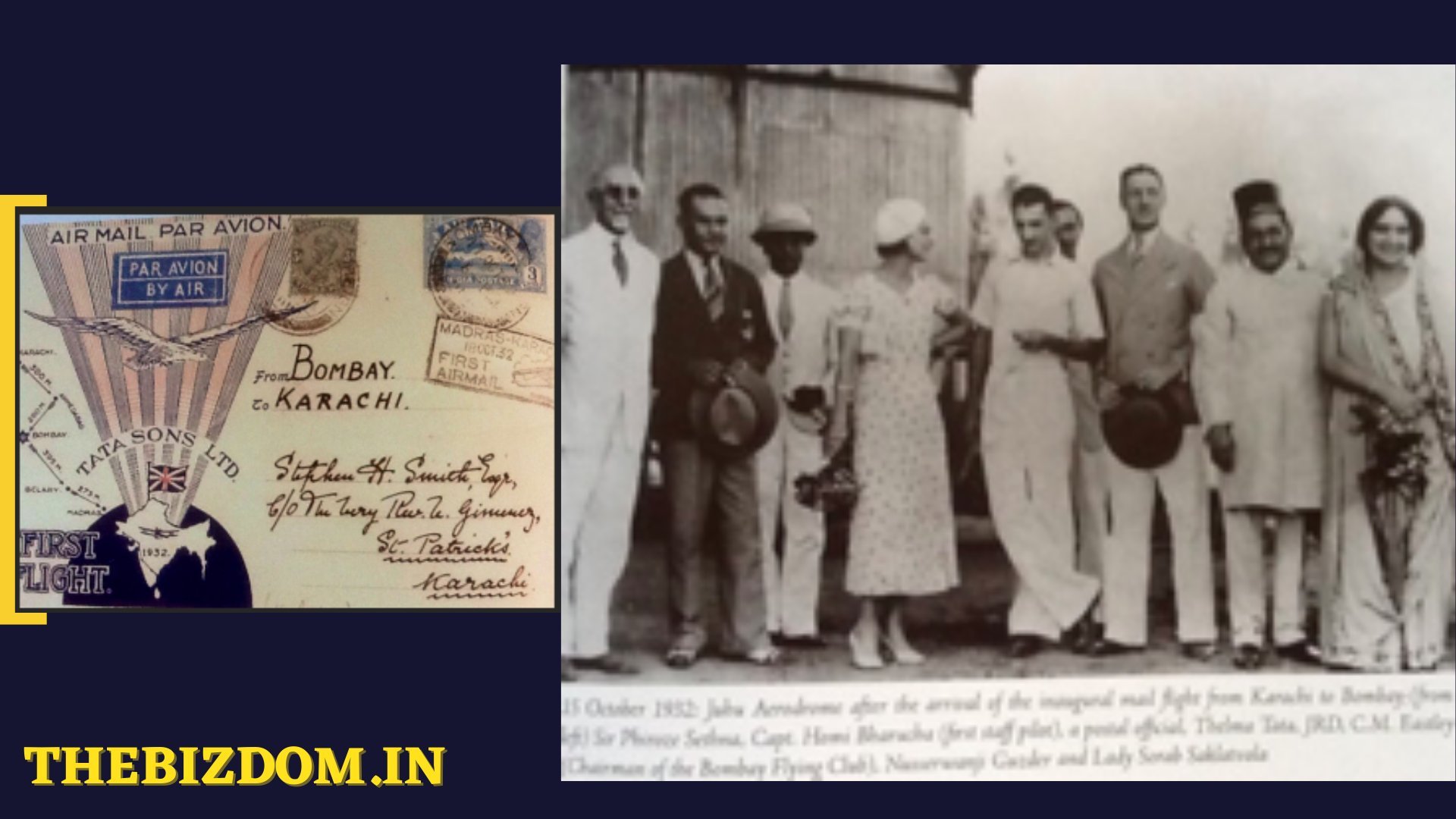
Success is a word tagged with different meanings to many. It could mean success in life, professional career or personal life. It could also mean the attainment of personal fulfillment through gain and achievement.
For the House of Tata’s running an Airline is one of those successes, it all started with JRD Tata’s baby Air India.
Origin
Imperial Airways, used to operate an air service from London to Karachi, and was planning to extend their service eventually onto Australia in stages. Just around those times, J.R.D. Tata, who had received his pilot’s licence a few months prior, was meeting Nevill Vintcent, a retired RAF pilot. Convinced of the great future of civil aviation, Vintcent left the RAF in 1926 and engaged in air survey work in India and Burma.
Vintcent found a willing partner for his Airlines idea, and JRD for his part welcomed this chance to enter commercial aviation. Flight was close to JRD’s heart since his childhood years in northern France, living next door to famed aviator Louis Blériot.
They proposed to bring the mail to Bombay via Ahmedabad and then onward to Madras via Bellary and Bangalore. When Vintcent’s proposal came to the Tatas they were still recovering from their earlier downswing, and then chairman of Tatas, Sir Dorab, took his time. When Mr J.R.D. Tata became the Group chairman, one of his first moves was the setting up of Tata Aviation Service in 1932.
On 15 October 1932, J.R.D. Tata, aged twenty-eight, took off from Drigh Road airport, Karachi at 6.35 a.m. southbound for Bombay via Ahmedabad carrying India’s first airmails. Dressed in white trousers and a white short-sleeved shirt.
The year after the war ended, in 1933, Tata Airlines started full operations.
It had one Puss Moth and one Leopard Moth aircraft, one palm-thatched shed to operate from and one whole time pilot assisted by J R D Tata and Neville Vintcent. It was earlier a division of Tata Sons. JRD decided to issue shares distributing the ownership between the Tatas, the government, and the public at large.
It was also rechristened as Air India in 1946.
The Maharaja
Bobby Kooka was taken on in 1938 at a monthly salary of Rs. 100. By 1946 he was the commercial director at Air India, and well aware that Air India needed to stand out against the global airlines giants.
J. Walter Thompson, artist, Umesh Rao, was Bobby’s friend. Bobby asked him to create a mascot for Air India: ‘Someone who defines the Indian man. Holding a hookah in hand. We want to show how relaxed an Air India traveller is and how royal the services are.’ So Umesh Rao drew a quirky, turbaned figure, and thus was Maharaja born.
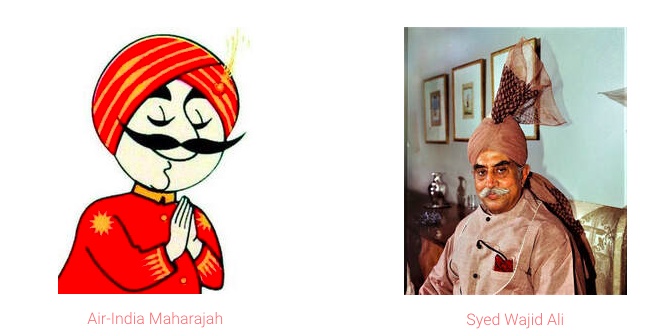
However there is another throy that Majaraja was modelled on Syed Wajid Ali, a Pakistani industrialist and another friend of Mr. Bobby.
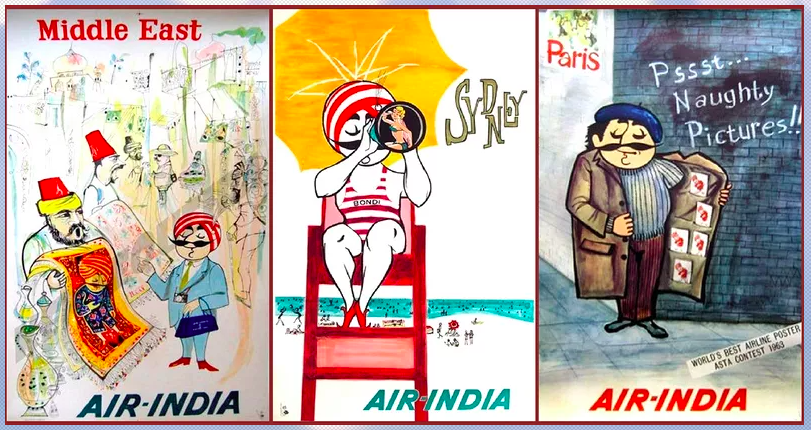 The early success meant that the figure started appearing in all the marketing material, soon to become synonymous with the airline.
The early success meant that the figure started appearing in all the marketing material, soon to become synonymous with the airline.
The Tussle with Government
Air India was becoming popular and the government too was keen to see it grow. Rafi Ahmed Kidwai, an Independence activist and politician, suggested a postal service from the four corners of India, with Nagpur as a hub for overnight sorting. The idea in itself was good but JRD pointed to the fact that there was a need to first set up night-landing facilities before Air India could look into the proposal. The government, as usual, was adamant. The differences between them are growing with each passing day now.
Kidwai went ahead and launched a new service called Himalayan Aviation in 1948, with a night airmail licence and three Dakota freighters, a move that proved too costly.
JRD was losing patience fast with an adamant minister like Kidwai. The American government, after the end of the war, had offloaded the Dakota aircraft into the market, making all kinds of industrialists jump into the aviation business. JRD called for a meeting of all the four airlines then in India—Air India, Air Services of India, Airways (India) and Indian National Airways—and decided to jointly oppose the idea of overnight postal service suggested by Kidwai. Seeing all the four competitors come together upset Kidwai. He concluded that JRD was trying to form a union against the government’s policies.
Nationalization
Just around this time, the Nehru government was busy setting up Hindustan Cable, Nahan Foundry, Hindustan Machine Tools, Hindustan Steel, Hindustan Insecticides, Bharat Electronics, Hindustan Antibiotics, and Hindustan Shipyard. Airlines were also considered essential infrastructure and thus prime candidates for nationalization. And in 1953, Indian Airlines and Air India International were set up after legislation came into force to nationalize the entire airline industry in India. Deccan Airways, Airways India, Bharat Airways (started by Birla’s), Himalayan Aviation, Kalinga AirLines, Indian National Airways, Air India, Air Services of India, are merged to form the domestic national carrier. JRD was fighting a losing battle with the government on the compensation for Air India. Despite his insistence that the government set up an independent compensation committee, the government continued to dither. The compensation being proposed to JRD was trivial. In fact, it was less than the amount deposited with the government towards fuel import! And yet the government had the gumption to request JRD to continue running the airline as its head.
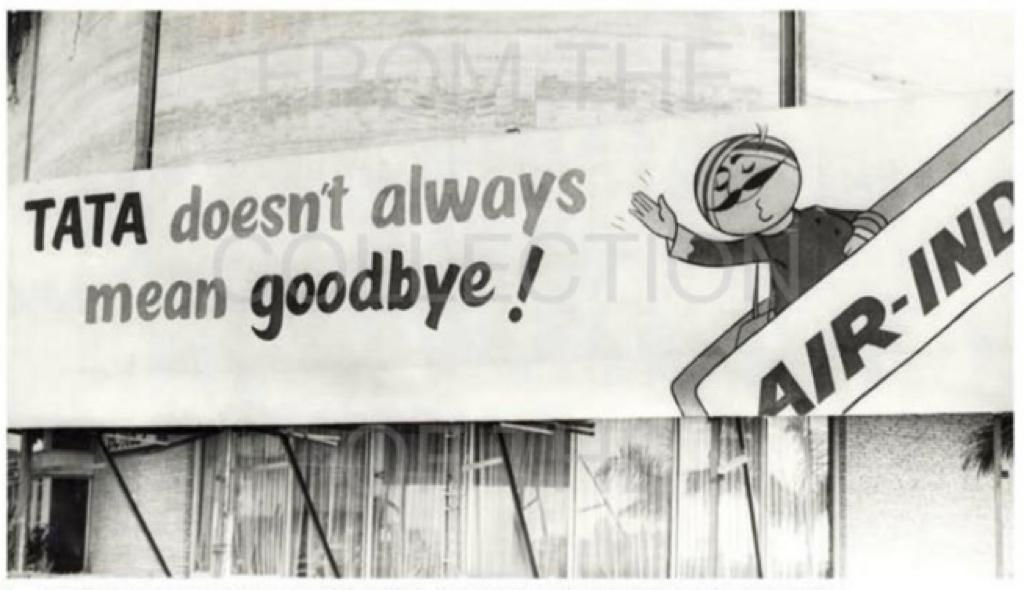 And when Tata had to give up their hold on the company, the Maharajah was roped in to try and maintain public confidence by telling, ‘Tata does not mean bye-bye.’
And when Tata had to give up their hold on the company, the Maharajah was roped in to try and maintain public confidence by telling, ‘Tata does not mean bye-bye.’
JRD agreed solely because his love for Air India would not let him see the airline suffer. His disappointment was further deepened as he believed his own friend Nehru had let him down. JRD continued as chairman of Air India till 1977.
Hopefully Maharaja will smile back!
